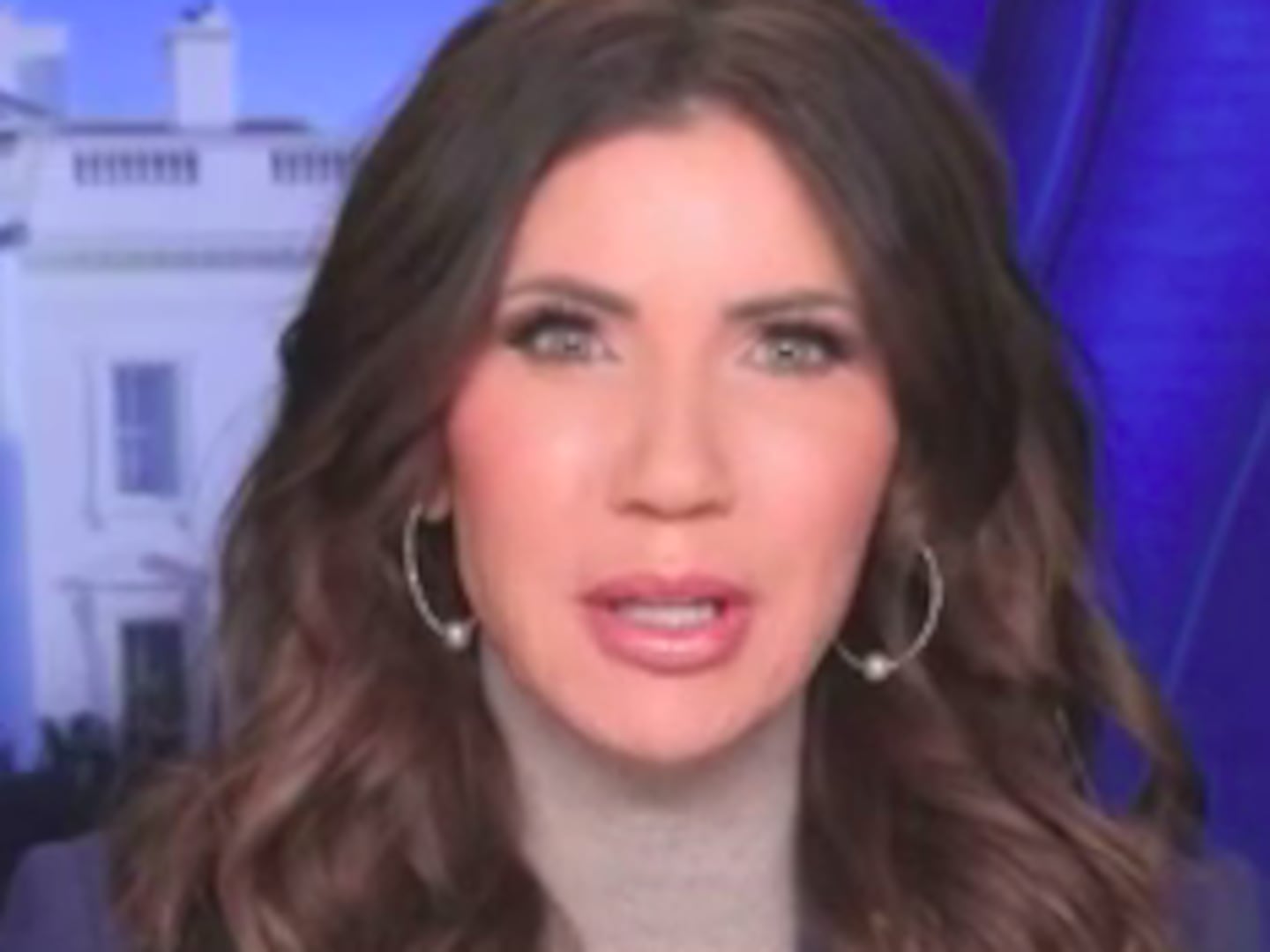Women have long been told to cover up their sexy parts, as the world ogles them, sometimes to aggressive extremes. When there is a personal violation as egregious and disturbing as the recent one against Jennifer Lawrence and several other female celebrities, it can be nearly impossible to find levity.
But there is a growing trend of women reclaiming control of their bodies from society’s double-edged sword of shunning and sexualizing, especially when it comes to their breasts.
More women are not only talking about their breasts, but sharing images, stories, and humor around the life-giving organs all on their own terms. From posing for post-mastectomy portrait photos to online comedy sketches about boob sweat, women are starting new dialogues about breasts that let women share their insecurities, revel in their sensuality, and laugh at the inherent silliness of having these things with nipples that drive so much of the male gaze.
No two women have the same feelings towards their breasts, but is almost always unique to how they feel to any other part of their body because they are so laden with social and, specifically, sexual significance. Breasts are serious business, and that’s because they are serious sexual business.
They have a hallowed sexual status, arguably more fetishized than either sex’s genitalia. They are the parts of the female anatomy so often the object of fantasies. Sure, derrieres are, perhaps, a close second, followed by legs. But, these aren’t the body parts that launched Victoria’s Secret, Baywatch, and the Sports Illustrated swimsuit issue—while the most recent cover marked the year of the butt, but having just three rears over 50 years speaks to the pop cultural significance of breasts.
But the sexual allure of breasts comes with a price. As with much of the female form, breasts are so fetishized that people may crave visuals of the body parts, without thinking of the human to which they belong. When people began clicking on the photos of Lawrence, I doubt they were thinking of the Oscar-winning actress who everyone wants as their funny best friend; they knew there were breasts and other usually-covered body parts to be seen, so they took the bait.
Breasts are also often associated will illicit behavior. When studies show that girls in the U.S. tend to be developing breasts at younger ages, they note, with great concern, that these same girls tend to start having sex or drinking alcohol earlier. “You've got a 10-year-old who looks like a 14-year-old. We interact with kids based on the way that they look,” Dr. Frank Biro at Cincinnati Children’s Hospital Medical Center in Ohio told Reuters.
As a result, breasts create as much anxiety as they do desire. Not for nothing did Katy Perry’s California girls get her booted from Sesame Street.
We so easily forget the totally asexual, life-sustaining function of breasts as the body part from which many of us got our first post-uterus nutrition. Instead, breasts almost automatically signal sex and other “illicit” activities and dangers, and those fears are imposed on women and adolescent girls.
Breasts are so laden with sexual connotations that society perceives their development on adolescents as not only irksome, but something that needs to be carefully scrutinized and controlled. It’s the reason Dr. Biro rather ominously warned that “Parents of these early maturing kids need to monitor them more closely.”
Photographer Laura Dodsworth decided to expose not only how much real-life (read: non-Hollywood or San Fernando Valley versions) breasts varied in appearance, but also in women’s feelings towards them. She not only photographed 100 women’s breasts (shot from the neck down to the waist), but interviewed the women about them. “We see images of breasts everywhere, but they’re unreal. I wanted to rehumanise women through honest photography,” Dodsworth told The Guardian.
Not all the women Dodsworth included had positive or affectionate things to say about their breasts. A 21-year-old talked about how male attention due to her breasts made her feel attractive when her mother had always made her worry about her weight; but her breasts were also a reminder of the unwanted sexual acts she was pressured into in college. A 33-year-old mother talked about how her breasts shrunk after nursing her children, and how it made her feel less feminine. A 101-year-old woman who fled Nazi occupation told of how an entire breast was removed when she discovered a lump nearly 50 years ago.
Through the stories and images, these women challenge our physical and social perceptions of breasts as idealized sources of femininity or play things for men. As Dodsworth discovered through her project, “Breasts are interesting in themselves, they are also catalysts for discussing relationships, body image and ageing.”
In changing the dialogue around breasts, women aren’t only tackling their serious significance; they are also changing the humor surrounding breasts.
There is a long history of the mammary glands as comedy fodder. How many Benny Hill scenes involved the creepy, portly man zooming about perilously near an unfathomably stacked woman? More generally, how many basic comedy sketches are structured around a guy ogling a busty woman, flummoxed into stuttering or so distracted he walks into a wall? Heck, even the slang for breasts sound pretty silly—boobs, ta-tas, titties.
Of course, the jokes, the nomenclature, the people doing the creepy but supposed to be funny stares, are almost always men.
But boob humor is no longer the domain of men. Women are cracking their own smart and silly jokes about their dirty pillows as a way of reclaiming and demystifying the long-ogled piece of the anatomy.
Earlier this year, CollegeHumor produced “Two Sports Bra,” which features women joking about the pain of working out with what are essentially sandbags strapped to your chest. With more than a few references to the boob workout sweat, it let women embrace the good and the gross of their bodies. That candor demystifies the sexual appeal and, in turn, diminishes the sexual pressures. It closes with a line that applies to far too many breast scenarios: “If guys had tits, we’d have this shit figured out by now.”
This humor has carried through to the Free The Nipple movement, which fights laws against prohibiting female toplessness, public breastfeeding, and social media bans on female nipple exposure (hey there, Instagram). Lina Esco, a filmmaker who made a movie about Free The Nipple of the same title, says laughter is key to the movement’s success. “The title [Free The Nipple] in and of itself is funny, but I knew the nipple would be the Trojan horse. It would be the way to show inequality,” she told The Daily Beast.
To Esco and many others in Free The Nipple, laws against female toplessness or restrictions on images of female, but not male, nipples speak to larger and, admittedly, more important areas of sexism. “Just because some women go topless doesn’t mean we want a whole topless revolution,” says Esco. “It’s about starting a conversation and showing we’re not really equal. A woman in Louisiana can get three years in jail for going topless. Women get paid 77 cents for every dollar men make.”
Humor about breasts is a way to embrace one’s body while regaining control from the male gaze. “There’s a different humor from men making fun of boobies and talking about them in a degrading way, or sexualizing them to the point they’re making fun of women,” says Esco.
The agency of being the creator of the joke, rather than the butt of it, makes all the difference. What is so upsetting about the celebrity photo leak is the way these women’s personal control over their bodies and technological possessions were totally co-opted without regard for their shame or feelings. As Samantha Allen points out, Jennifer Lawrence by no means should “laugh off” this disturbing violation.
Humor won’t repair the damage of that kind of personal attack, but the burgeoning breast-centered humor does speak to a new path for navigating the pressures, shame, and ogling that women face on a daily basis. Breasts are meant to titillate (pun intended in the spirit of breast humor), but if they are actually out in the open, they are deemed shameful and discomforting, if not offensive. That’s why laughter may be the best antidote.
Some of the humor is more playful than explicitly political. Kate Moss partnered with London restaurant 34 to make a Champagne coupe modeled on her left breast. While there was almost certainly a financial payoff for the supermodel, it also reflected a lighthearted revelry with a nod and wink. If the rest of the world ogled her body longingly, then why shouldn’t she take joy in her assets, as well?
Boobie Trap in Bushwick is another example lighthearted, libation-fueled fun with breasts. Although the bar is named for The Goonies, it is undoubtedly breast-themed, it’s more Americana and kitsch than sexy or even risqué. You can color in pages of breast-themed book titles and busty women, like an IHOP kid’s placemat but with boobs instead of pancakes. You can see beer poured from a mannequin with taps at the nipples. While there are old school (lots of bush) Playboy centerfolds, there’s also a terrarium with a single boob and bright pink nipple. The ambiance is almost asexual as rockabilly and Motown play in the background.
“I think the concept of my bar is playful and child-like and silly,” says Kristen North, one of the owners of Boobie Trap. She completely denies there being any political or social message behind Boobie Trap. “It wasn’t meant for any sort of serious message.”
But whether North planned it or not, a breast-themed drinking hole is going to have a larger message, at least for its patrons. I spoke to Allen, who had traveled down from Boston to support a Free The Nipple parade and to check out Boobie Trap.
“Breast are very empowering. They feed life. It doesn’t seem right to minimize that or make it something dirty,” Allen says. “When you make it this hugely sexual thing, that’s when you make it a shameful thing. That’s when you need to cover it up. It takes away my choice about what I want to do with my breasts.”
In the end, it doesn’t matter what you do with your breasts, whether you snap a thousand selfies or choose to keep the ladies for your eyes only. It’s about having the choice to do so, free of society’s judgment.






